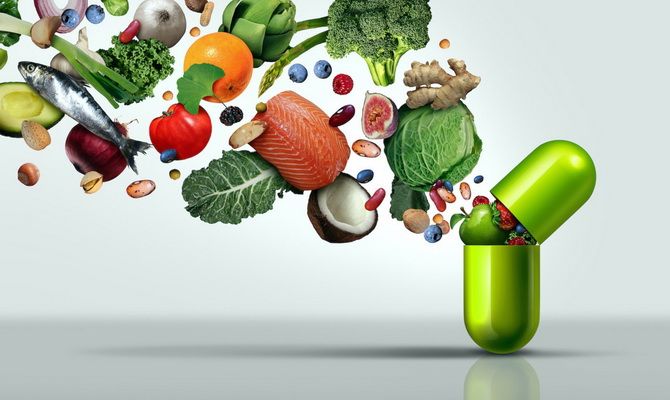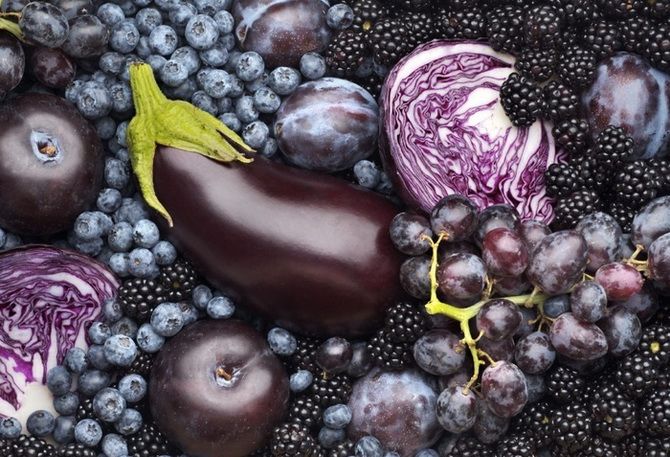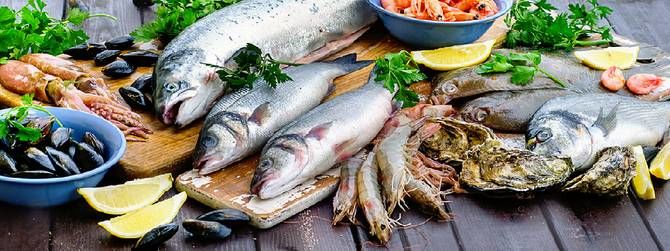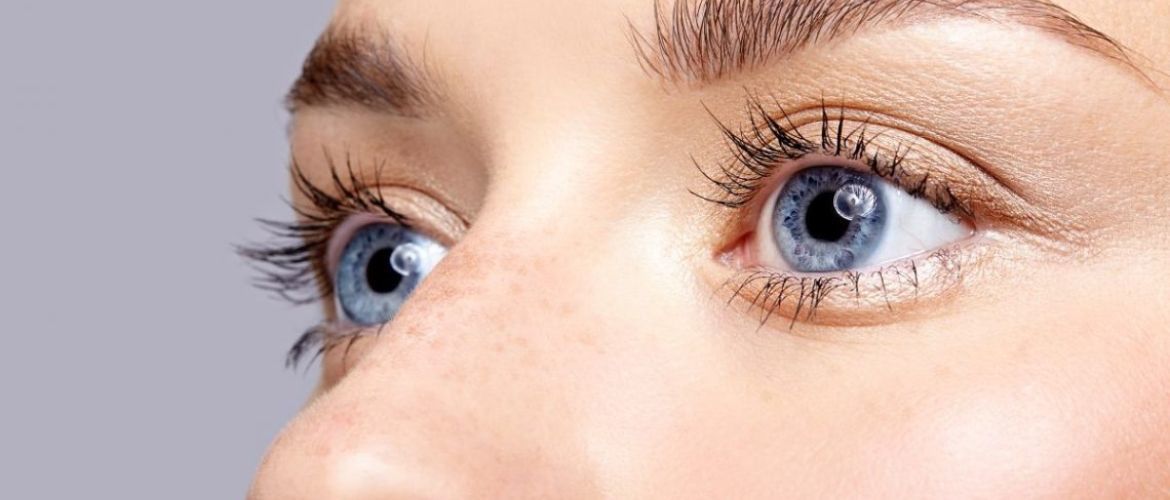The eyes are the organs that help us see the things around us. Constant eye strain, especially in the digital age, causes eye fatigue, burning, irritation, dryness, and can lead to cataracts and macular degeneration. Take care of their health by choosing foods that nourish your vision. Check out joy-pup.com for sources of nutrients and vitamins to nourish your eyes.
Vitamin A

Vitamin A plays an important role in maintaining vision and producing enough moisture to nourish the eyes. It is a component of the retinal rhodopsin protein, which produces a pigment that allows you to see the outline of objects in the dark. Vitamin A deficiency can cause xerophthalmia (dry eye syndrome), night blindness, and other visual problems. To replenish vitamin A, eat sea fish – salmon and tuna, liver, eggs, milk, fruits and vegetables – potatoes, spinach, cabbage, carrots, pumpkin, melon, goji berries.
Anthocyanins

Anthocyanins are a flavonoid with antioxidant properties. It is a plant pigment that gives intense purple and red hues to fruits and vegetables. It reduces the risk of eye diseases such as diabetic retinopathy and glaucoma. Most berries are high in anthocyanins. They are found in red, purple and blue fruits and vegetables – mulberry, blueberry, blackberry, cranberry, pomegranate.
Vitamin C

Vitamin C is an antioxidant essential for the synthesis of collagen, a protein that is an important component of the eye. It protects the lens of the eye from ultraviolet rays and helps produce vitamin E and glutathione. Eating foods rich in vitamin C may reduce the risk of macular degeneration and cataracts. It is found in kale, spinach, broccoli, guava, oranges, strawberries, blueberries, and mulberries.
Omega 3

Omega-3 fatty acids help in the functioning of the meibomian gland, which produces the fatty layer in tears. Omega-3s help keep your eyes hydrated and prevent dry eyes. This substance reduces inflammation in the eyelids or on the surface of the eye, which can aggravate dry eye symptoms. A high content of Omega-3 in flax seeds, oil, soy, seafood, sea fish – tuna, mackerel, sardine, salmon.
Lutein and zeaxanthin

Lutein and zeaxanthin are carotenoids that improve vision, help you see clearer images, filter out blue light, and prevent visual impairment due to macular degeneration and cataracts. Lutein and zeaxanthin are found in green leafy vegetables such as kale, spinach, collard greens, lettuce, and broccoli. They are also present in marigolds, so these flowers are used as a food additive.
Astaxanthin

Astaxanthin is a substance that belongs to the same group of carotenoids as lutein and zeaxanthin. It can prevent and slow down eye diseases such as macular degeneration, glaucoma and cataracts. Astaxanthin is mainly found in the microalgae Haematococcus Pluvialis, salmon, shrimp, krill and yeast.







Only registered users can leave comments